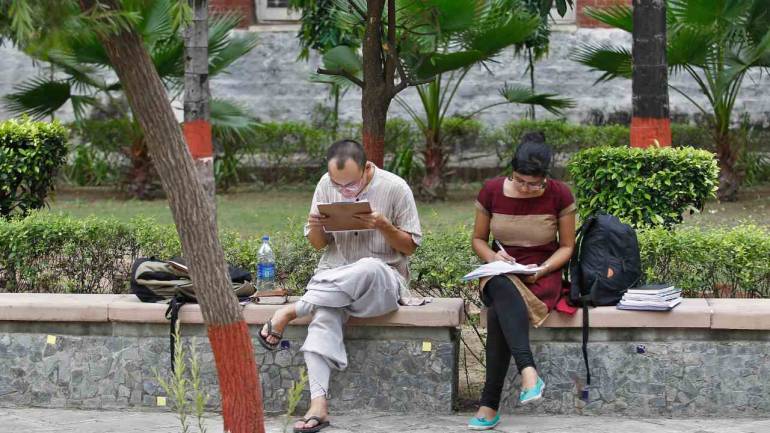
The 100-day action planenunciated by the MHRD in the realm of education after the results of the general elections is a welcome sign. However, with the release of the Draft National Education Policy 2019, the State seems to have shot itself in the foot as regards the three-language formula wherein learning of Hindi in non-Hindi speaking regions (read the southern states) was initially mandated.
Expectedly, it raised a ruckus, particularly in Tamil Nadu, where the wounds of the anti-Hindi agitation of the late 1960s that had led to massive protests and deaths due to police firing have not completely healed. A sort of quick, but partial, remedial about-turn was made by replacing Hindi with a regional language in the policy. Yet, the three-language formula is still in place. The southern states swear that it is totally unacceptable. All the same, there is hardly anything revolutionary, or at least something different, in the NEP 2019 compared to the earlier ones of 1968 and 1986.
It is about time the State wakes up and realises that interference in what is undoubtedly a private preserve of its citizens as regards their choice of learning languages should be left to the people themselves. It is no gainsaying that parents sending children to school are well aware of the prevailing conditions in India as regards importance of particular languages and do make informed choices in advising their wards in the exercise of options in studying languages. People know for sure as to what languages have to be opted for given the context in which they envisage their children to work in. Hence it is in the interest of the State to just provide a bouquet of languages in the schools and leave it to people to do the rest.
Even the much-touted concept of learning through the mother tongue is to be revisited; it is not the mother tongue per se that is significant in a child’s life but the language most used at home, which in many cases may be the mother tongue but not necessarily always so.
One of the encouraging propositions in the NEP 2019 at the school level is the emphasis on children in the 3-8 years bracket under the concept of Early Childhood Care and Education (ECCE). The objective here is to provide free and compulsory quality education for all children in the age group of 3-18 years, thereby extending the cover from the present 6-14 years under the Right to Education Act. Unfortunately, all these years the State, unarguably, has abdicated its responsibility in the sphere of early schooling by not providing quality primary education in both rural and urban India. Now the Rip Van Winkles in the Cabinet and the MHRD are repeating their rhetoric, yet again, about compulsory quality education for all children, ad nauseum!
The aim in the NEP 2019 is to increase the gross enrolment ratio from the present 25% to 50% by 2035. Also envisaged is making Tier-1 universities/institutions the hubs of research, primarily, and undertake some teaching; Tier-2 universities to devote time to teach and carry on some research; and Tier-3 institutions comprising mainly of colleges to become autonomous gradually and award degrees.
In a departure from earlier stances, the NEP 2019 emphasises the importance of liberal arts education, undoubtedly after learning from what is obtained in the top private universities in India, which are making waves in terms of their alternative approach to higher education, and that is unambiguously paying rich dividends to those who are joining these institutions. The policy recommends setting up of five Indian Institutes of Liberal Arts to award four-year degrees. This is, undoubtedly, one of the most redeeming proposal in the policy. It also recommends the setting up of national Institutions for the study of classical and modern languages, including Pali, Prakrit and Persian.
Obtaining private funding is envisioned in the policy and remains to be seen how this will work out. Also, recommended is doubling of public funding to 6% of the GDP, and overall increasing of public spending on education from the current 10% to 20%.
Emphasis is also being placed on vocational education in schools, colleges and universities. It is pointed out that less than 5% of workforce in India in the age group of 19-24 years received formal vocational education as compared to 52% in the US, 75% in Germany, and 96% in South Korea. So, it is argued that a strong fillip is to be given to vocational education. Finally, under adult education, the goal is to attain 100% youth and adult literacy by 2030, and to make improvements in the realm of continuing education.
A constant concern in the educational realm in India has been the meagre apportionment in the budget. Hope all the plans envisioned in the NEP 2019 see a departure, at least now, and get a boost in the forthcoming Budget allocation.
[“source=moneycontrol”]
